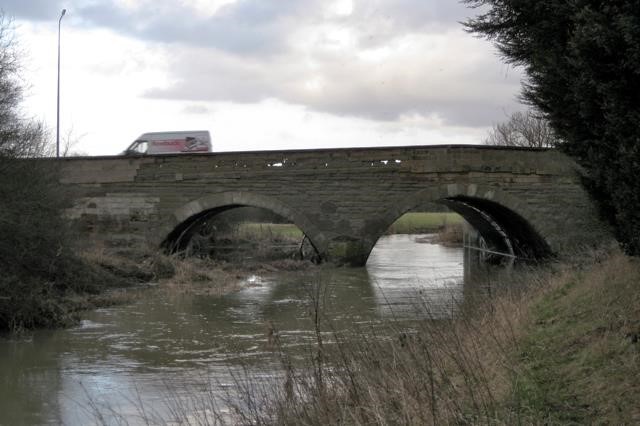CovSoc member, David Fry, tells us about his interesting research into one of Coventry’s architectural puzzles……
My first job in Coventry regularly took me past Binley church, St Bartholomew. It has always held a special fascination being prominently situated and surrounded by fields despite its suburban setting. But most striking is its dainty Georgian architecture, light stone and smooth surfaces, unlike much local church design that went before or to come afterwards.
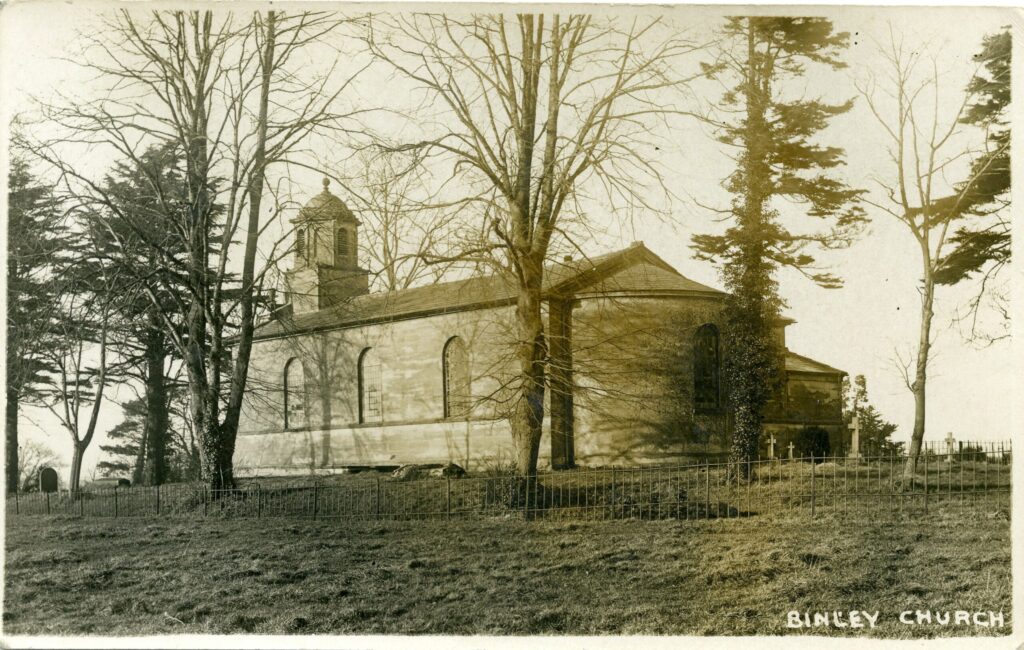
There has been much speculation as to its architect. Volume 6 of the Warwickshire Victoria County History attributes it to Robert Adam, although most other sources, along with Pevsner merely suggest it is in the Adamish style. A project on the history of the three Drapers’ Halls opened my eyes to more recent thoughts about whose design it might be.
The second Drapers’ Hall was erected in 1775 and then taken down less than sixty years later after dry rot was found in its timbers, to be replaced by the current Drapers’ Hall. Representations of the eighteenth century building appear to be limited to a single pen and ink wash drawing of the frontage in the Aylesford Collection in the Library of Birmingham, dating from the 1790s. There is also a drawing in the Pierpont Morgan Library in New York of the design for the main assembly hall. From the latter we can see the signature of Henry Couchman, dated 13 April 1775. Further confirmation of the architect is provided by a contract in the city archives signed on 3 April 1775 between Couchman and the Master Wardens and the Fellowship of Drapers in the City of Coventry,to take down and rebuild Drapers Hall for £805.
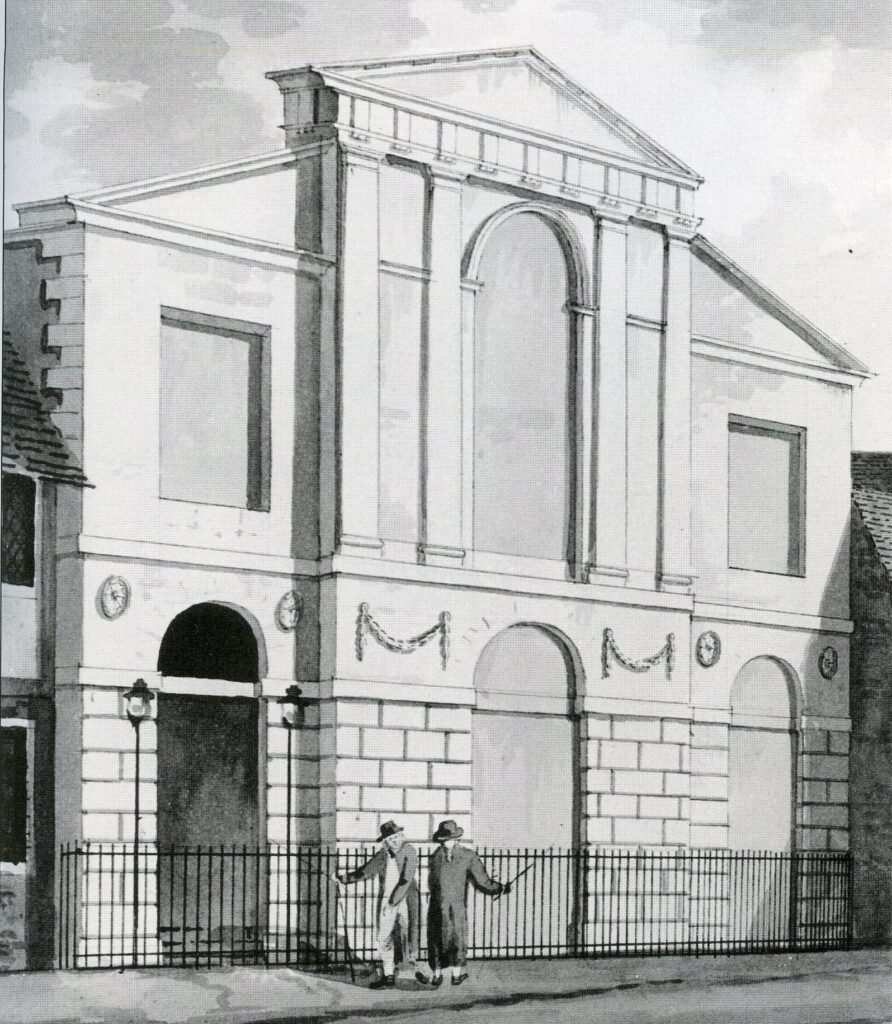
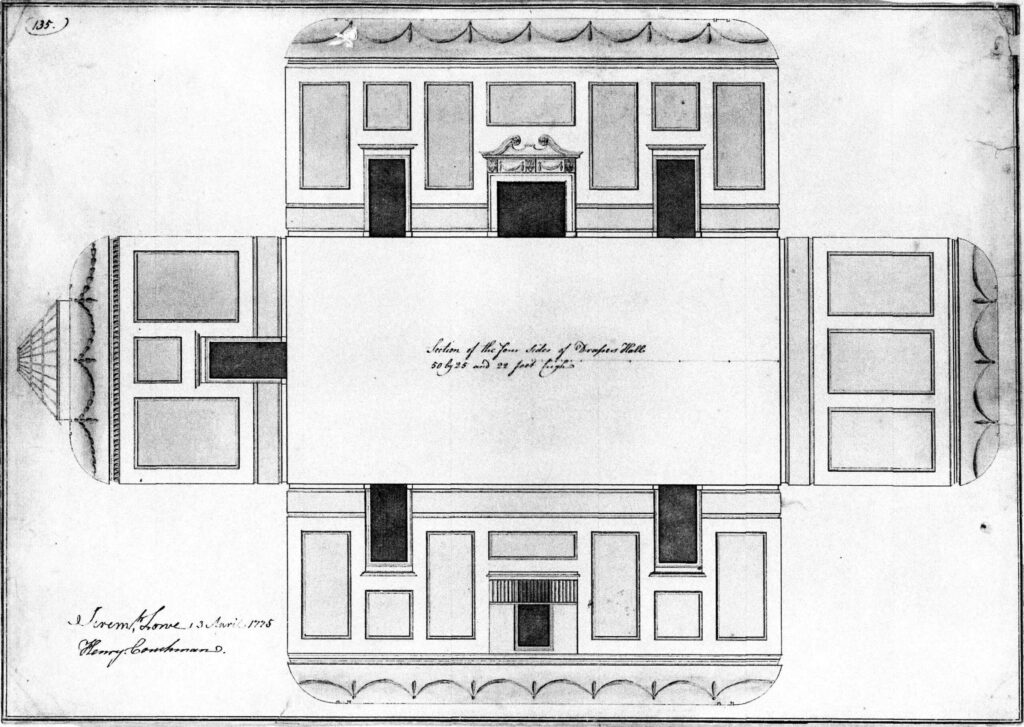
In searching for clues to Couchman’s biography (1738-1803) and any comparative work in Warwickshire, I found he featured a lot more in the latest Warwickshire Pevsner (2016) than the previous edition. Unfortunately he did not seem to have done any work on the scale of Drapers’ Hall in the immediate area. He was not even a trained architect having served an apprenticeship as a carpenter with his father’s business in Kent. He gradually gained experience in running building contracts in the flourishing residential market in central London before being recruited by Lord Aylesford in 1766 to work on the redevelopment of Packington Hall.
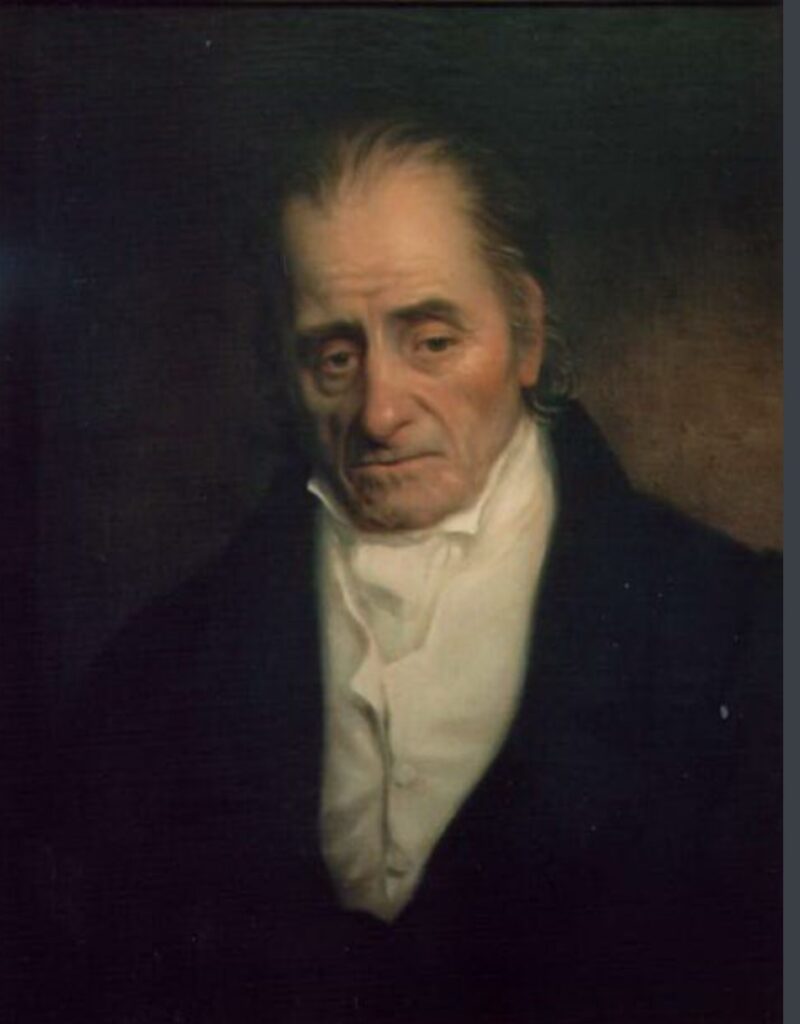
The one other Coventry connection, apart from Drapers’ Hall, was a line in Pevsner that put forward a recent attribution of Binley Church to a joint endeavour of Couchman and Capability Brown. This had been suggested by Terry Friedman in his 2004 book ‘The Georgian Parish Church’ where he devoted a chapter entitled ‘Who Built Binley?’. Without going into too much detail there were a few key elements in this argument.
The church was built between 1771 and 1773 after the demolition of the old medieval building. It was at the initiative of William, 6th Earl of Craven of Coombe Abbey who had commissioned Capability Brown to landscape the grounds around the Abbey. He is also believed to have been involved in the design of a number of buildings within the estate together with his son in law, the architect Henry Holland jnr.

When the church was opened in July 1773 the local newspaper referred to ‘different architects’, but didn’t name them. Friedman finds evidence in Brown’s previous designs for his hand in Binley church, but believed that Couchman was perhaps the chief designer of the church. Central to this belief is a later 1794 Couchman design for a south Warwickshire, church at Ettington (that wasn’t then built). The designs for this church bear a lot of similarities to the Binley church of twenty years earlier.
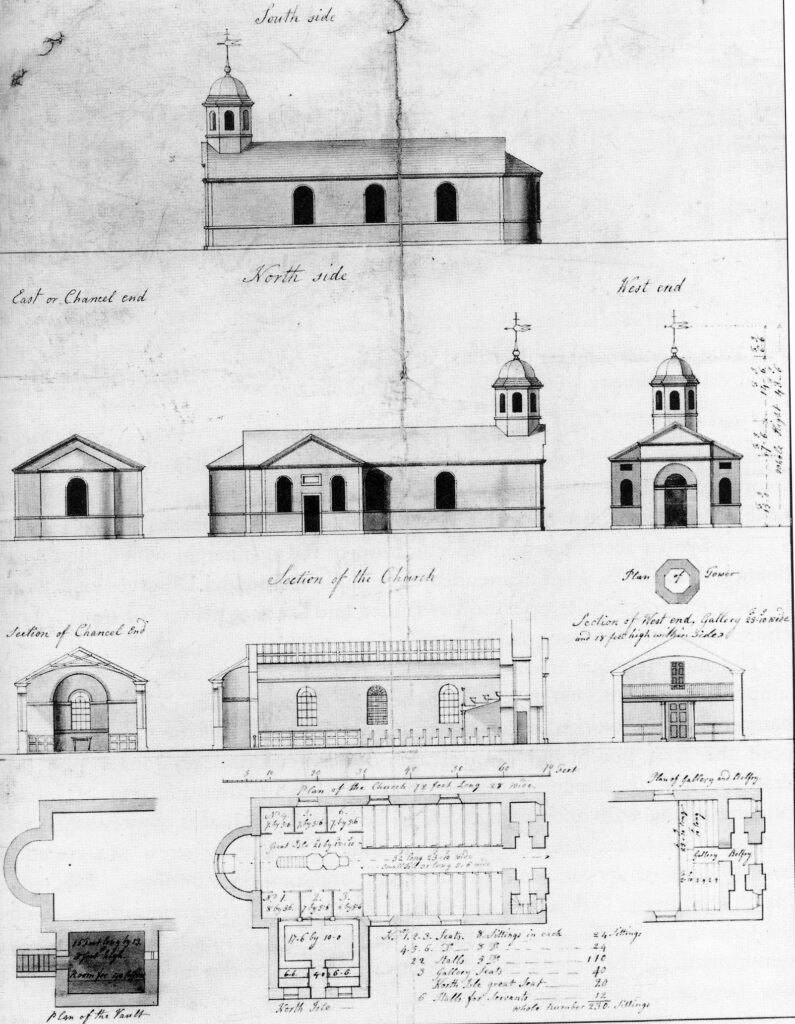
There is perhaps a clue here as to how Couchman might have got the commission for the Drapers’ Hall contract. The Craven family had an association with the Dyers Company stretching into the twentieth century. The satisfactory conclusion of the Binley church design in 1773 may well have brought a recommendation from the influential Earl in 1775 when the Company was looking to improve their old seventeenth century premises.
One other nearby survival of Couchman’s work can be found just over the city boundary in Ryton on Dunsmore. In the last few years of Couchman’s life he had been appointed Warwickshire’s County Surveyor (also known as the County Bridgemaster). A number of his designs still survive such as that at Ryton on Dunsmore, on the A45, over the Avon, not far from the Willenhall roundabout.
